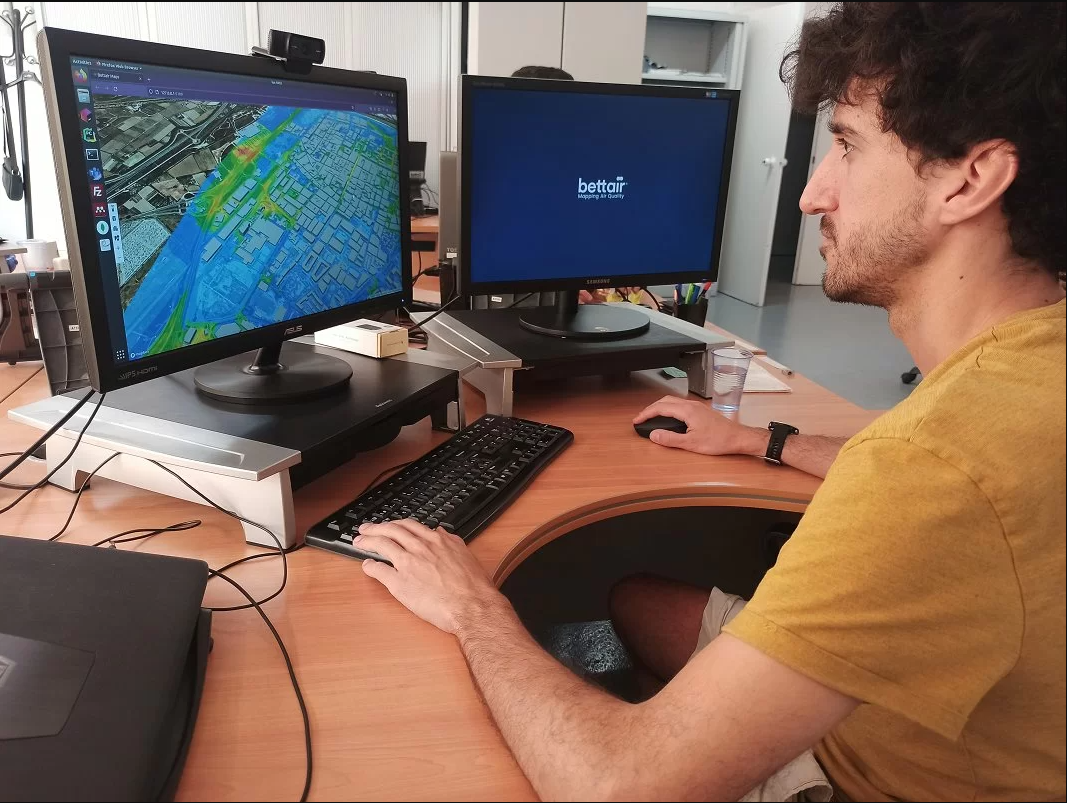AI-AIDED WIND FLOW AND GAS DISPERSION SIMULATIONS IN CITIES
Challenge
Solution
The solution was to use 3D models of areas of 1 km2 of real urban geometries to perform computational fluid dynamics (0CFD ) simulations of wind flow and pollutant dispersion. Deep neural networks were then trained to learn the results of these simulations and simulate new urban geometries instantly with high precision and fewer computational resources. This low-cost artificial intelligence solution is providing real-time information on air quality and local emissions.
Benefits
The benefits of this experiment include reduced simulation cost per km2, enhanced spatial resolution of modelling capabilities, and an 80% reduction in experimental setup time for new cities. This solution also enables individuals and communities to take collective actions to improve air quality and raises awareness of the issue.


